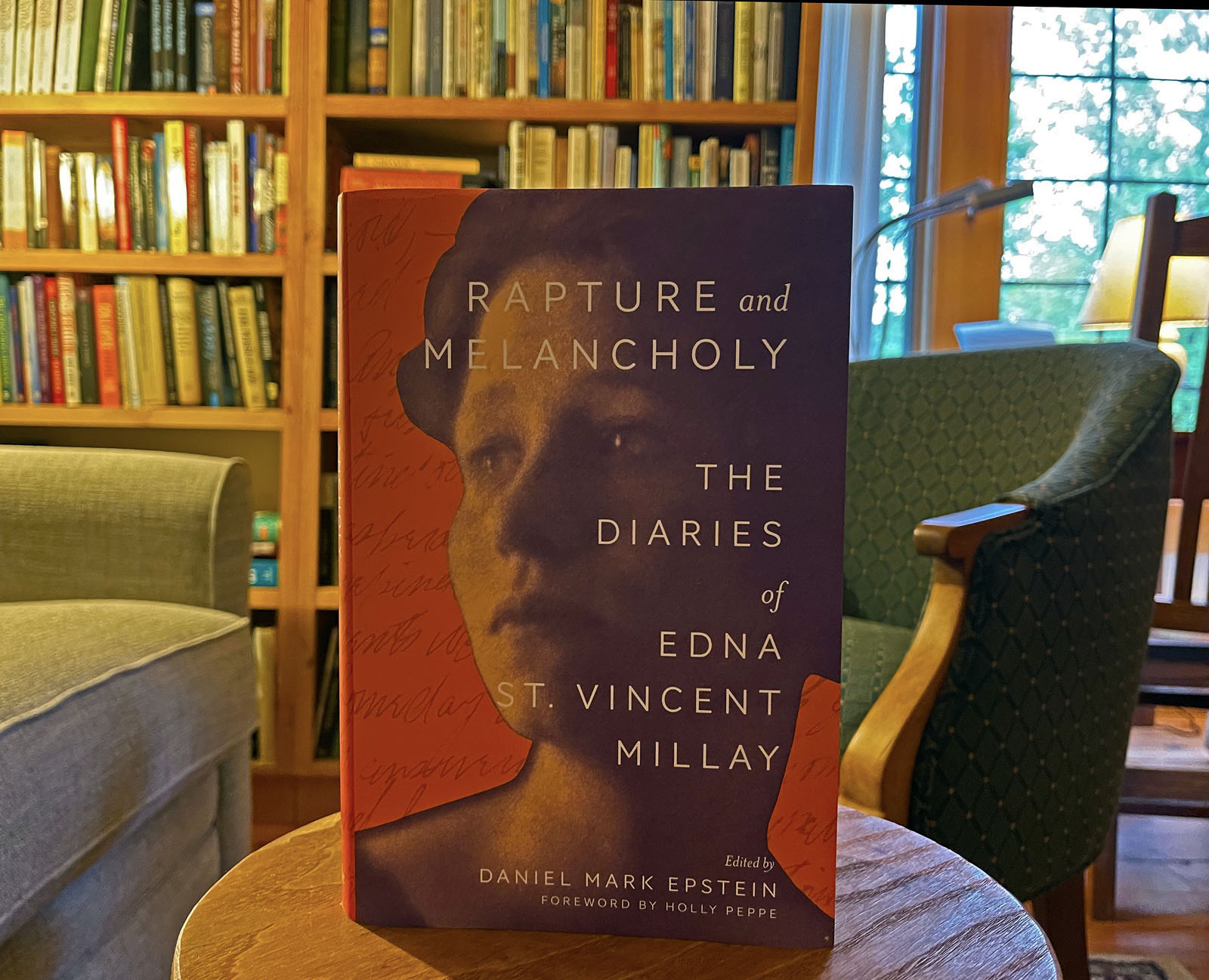
Rapture and Melancholy: The Diaries of Edna St. Vincent Millay. Edited by Daniel Mark Epstein, Yale University Press. 390 pages.
I’m not going to review this book. I couldn’t possibly top the New Yorker’s review: How Fame Fed on Edna St. Vincent Millay. One of the reasons the New Yorker review caught my interest is that it mentions Millay’s sonnets. The New Yorker writes: “But other poems demonstrated Millay’s sophistication. She was not just a master of the sonnet but a student of it. Late in life, she started an essay about the form, naming Shakespeare as an influence.”
These days, I’m afraid, a poet who wrote sonnets would be called not “sophisticated,” but rather would be shamed as laughably obsolete. I admit that I have a hostile view of contemporary poetry (with few exceptions, such as some Irish poetry). The kind of poetry that the New Yorker publishes, for example, to me seems intentionally, militantly, and snobbishly unreadable and ugly, as though the point is to flaunt a sophistication very unlike Millay’s, a kind of sophistication that I don’t aspire to, nor do I know anyone who does. The Irish still read poetry, and so the quality of a poem can be measured by how it touches readers. Whereas (please excuse my bad attitude) the New Yorker’s standard seems to measure the quality of a poem by how it baffles readers and how dull and empty it is.
I discovered Shakespeare’s sonnets at the age of 19 or 20, from the beautiful 1964 edition with commentary by A.L. Rowse. I greatly admired the musicality of Shakespeare’s sonnets, and I developed, I think, a taste in poetry a lot like my musical taste — an admiration for what genius can create within a strict form — a fugue by Bach, a sonnet by Shakespeare.
A few years later I discovered Millay. A friend in New York had taken me to a one-woman show off-off-off Broadway. The actress, on a small and spare stage, became Edna St. Vincent Millay, talked about her life, and recited many of her poems. I became hooked on Millay and quickly suspected that Millay’s sonnets were inspired by Shakespeare’s.
About sonnet form: Sonnets are always 14 lines of iambic pentameter. The rhyme-scheme may vary some as long as it is even. The rhyme-scheme of this sonnet is ABBA, ABBA, CDC, DCD.

